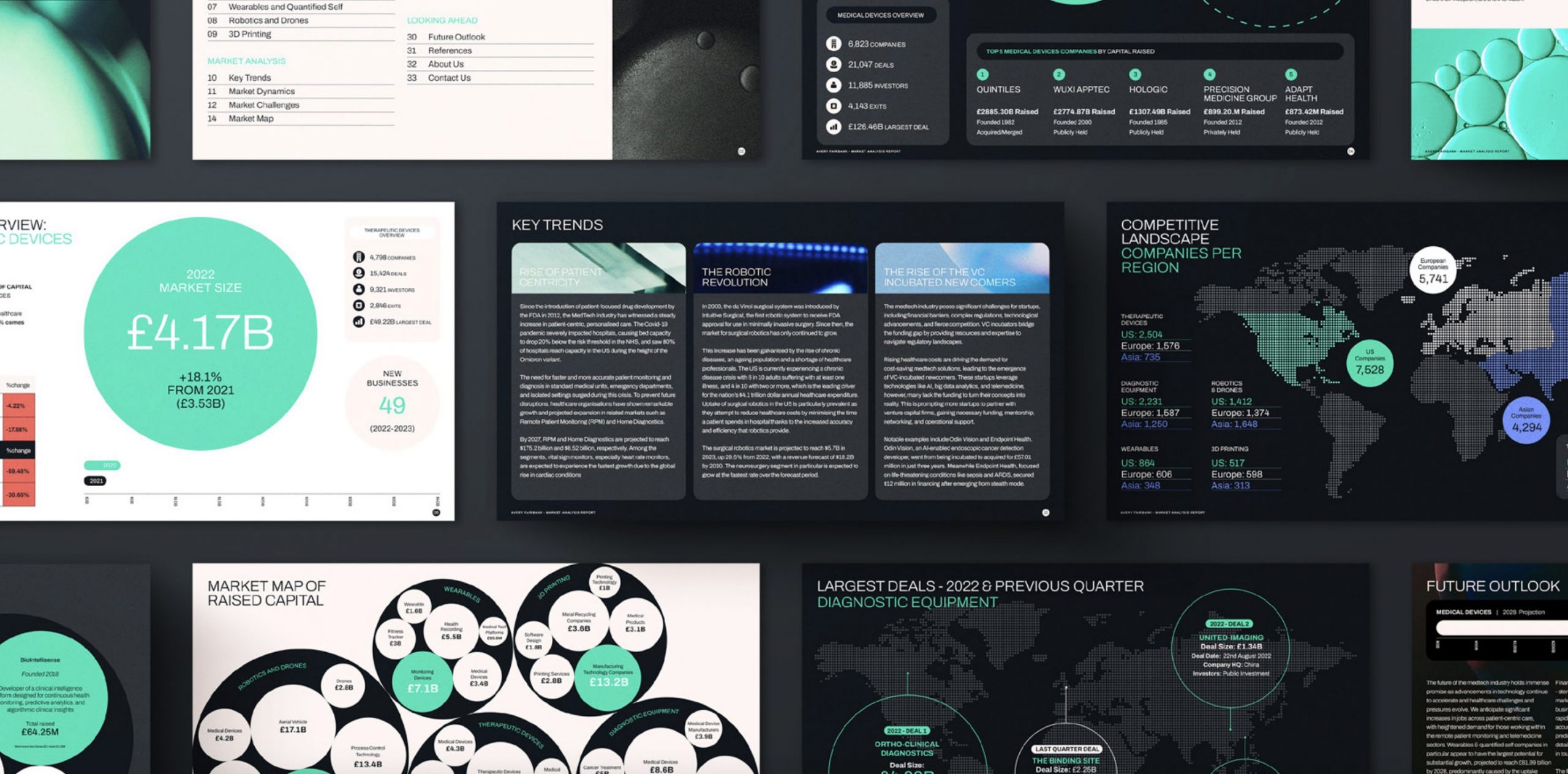January 23, 2024
Manipulating animal movements through thought, using headsets to track a student’s focus in the classroom by scanning brain activity, and more established technologies like cochlear implants aiding the hearing-impaired, or deep-brain stimulators helping Parkinson’s disease patients regain mobility.
This is the realm of neurotech—a groundbreaking field of technology with the potential to radically change our lives. Given the multitude of global challenges we face today, such revolutionary technology is essential in aiding the world to adapt and cope.
Innovation Meets Regulation
Neurotech represents our astonishing endeavour to link human brains with machines, computers, and smartphones. While brain-computer interfaces (BCIs) form the core of neurotech, it’s broadly defined as any technology that can gather, analyse, interpret, or alter information from any part of the nervous system. The aim? To create treatments for mental health issues and neurological disorders. Its potential extends beyond healthcare, poised to revolutionise education, gaming, entertainment, transportation, and more.
However, this field is not without its challenges. Currently, there’s a lack of universally recognised rules or safety measures for the development and application of neurotech. The need for such regulatory frameworks is urgent. Establishing clear principles, policies, technological safeguards, and both national and international regulations is critical to responsibly guide the growth of neurotech.
The Essence of Neurotechnology
Neurotechnology comes in various forms, with some being invasive while others are not. Invasive brain-computer interfaces involve the application of microelectrodes or other neurotechnological materials directly onto or within the brain’s neural tissue. The primary goal is to either directly detect or influence neural activity.
This form of technology has already significantly enhanced the lives and capabilities of individuals suffering from various conditions, such as epilepsy, Parkinson’s Disease, and chronic pain. In the future, neurotech devices could be implanted in paralyzed individuals, granting them the ability to control phones, computers, and prosthetic limbs using just their thoughts. For instance, in 2017, paraplegic Rodrigo Hübner Mendes drove a race car using his mind, thanks to neurotech.
More recently, an invasive neurotech device successfully translated imagined handwriting into text in real time, matching the speed of typical typing. Moreover, research has demonstrated how invasive neurotech can enable individuals with missing or damaged limbs to experience sensations like touch, heat, and cold through their prosthetics.

The Scope of Noninvasive Neurotech
In addition to invasive techniques, noninvasive neurotechnology is making strides in various applications. For instance, researchers have created wearable devices that can deduce a person’s intended speech or movements. This kind of technology could one day help individuals with language or movement challenges, such as those with locked-in syndrome, to communicate more easily and effectively.
For pain management, noninvasive neurotech is being harnessed as well. In collaboration with Boston Scientific, IBM researchers are utilising machine learning, the internet of things, and neurotech to enhance treatments for chronic pain.
While these developments are already remarkable, there are aspects of neurotech that push the boundaries even further. Some advanced neurotech not only senses or reads neural data but can also modulate it, both invasively and noninvasively. Although still in its nascent stages, this area of research is progressing rapidly.
Regulations, Risks and Ethics of Neurotechnology
At its infancy, neurotech is on the brink of a vast technological revolution. As it becomes more integrated into everyday life, it’s essential to address potential risks, ethical considerations, and the need for regulation. Proactively managing the implications associated with the development, deployment, and utilisation of neurotech is crucial. Any application of neurotech must take into account its impact on individual autonomy, privacy, responsibility, consent, integrity, and dignity.
Consider the possibility of employment discrimination arising from misinterpreted neurodata by algorithms in neurotech hiring tools. Or imagine a scenario where a criminal accesses the neurodata of a high-ranking official, like the secretary of defence, to extract confidential information. The ethical stakes are heightened not only when we monitor neurodata but also when we interpret and decode thoughts, raising concerns about accuracy and mental privacy.
A challenging aspect of neurotech is the predominantly unconscious nature of the neurodata produced by our nervous systems. This means that individuals might inadvertently provide sensitive information to neurotech applications, potentially compromising the long-held assumption of privacy within one’s own mind.
As a nascent technology, neurotech prompts corporations, researchers, and individuals to double down on responsible innovation. Establishing effective safeguards is critical to ensure that neurotech developments yield positive outcomes at company, national, and international levels. It’s imperative that all parties involved in neurotech — from researchers and manufacturers to policymakers and end-users — engage with it responsibly and ethically.
Proactive measures are necessary now to mitigate potential future risks as neurotech continues to evolve, ultimately safeguarding humanity’s best interests.

Published on 23-01-2024


